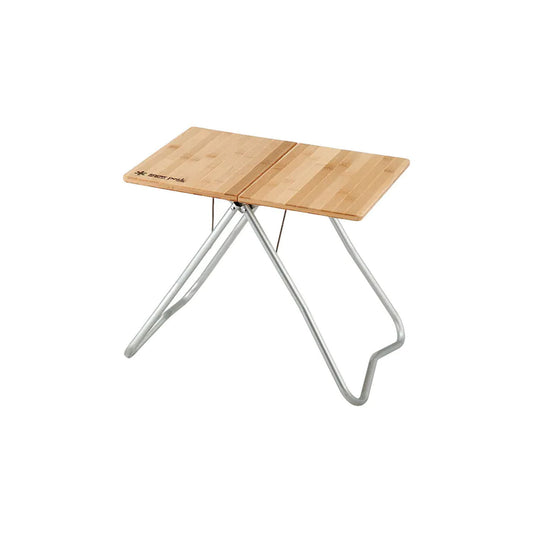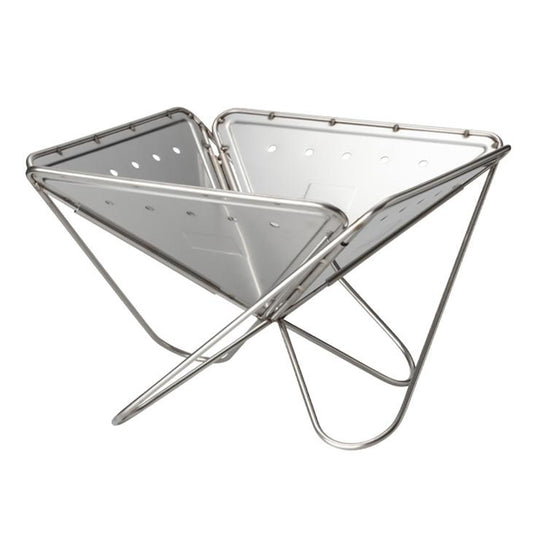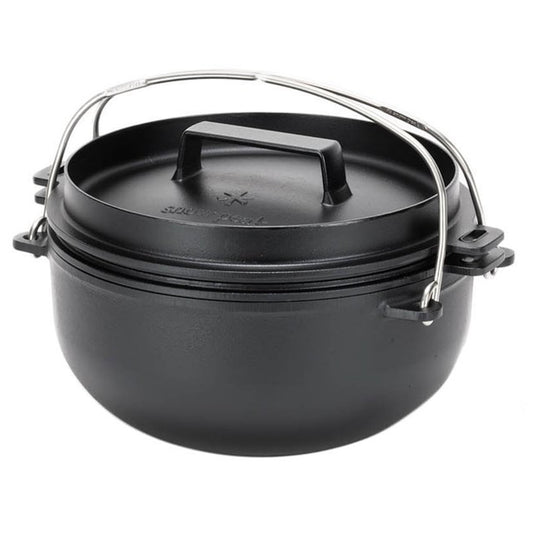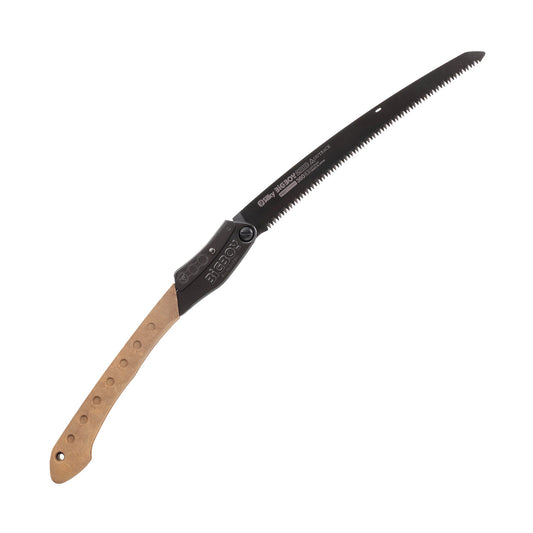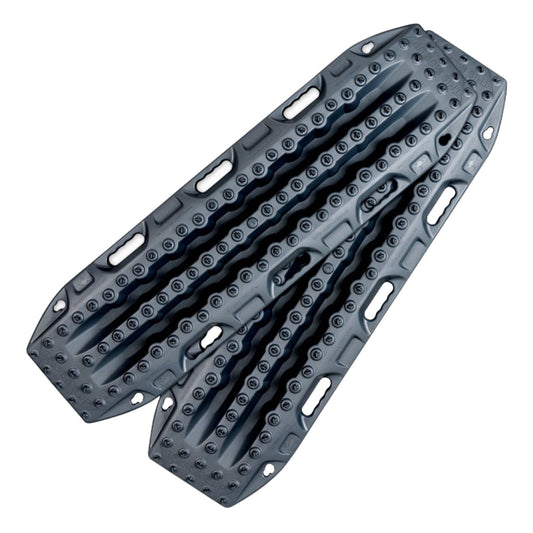With the only downside being the extra investment and some additional weight, the X-Bar offered a superbly engineered tow-bar inclusive of three practical and fully rated recovery points.

Initially, the X-Bar was only available for the 79 Series LandCruiser. However, following the popularity, there are also models for the Toyota Hilux, Nissan Navara, Ford Ranger, Isuzu DMAX and other popular modern utes.



Connecting snatch straps to vehicles has a chequered history. Despite widespread education, some four-wheel drivers continue to attach straps to tow balls, and another tragic death was reported in the United States recently.
Another standard method of attachment is to the tow hitch pin. And while these fail far less often, this method is far from ideal and fails at inadequate loads in testing and results in real-world failures.
Until recently, rated connections designed for soft and steel shackles have been the best option. They provide a sturdy connection to the tow bar, but standard tow bars are for static towing loads and not dynamic recovery loads. So while this is still the only option for most wagons, there is a chance of failure or vehicle damage, especially when recovering heavy loads.
The Hayman-Reese X-Bar combines rated recovery points with a strengthened tow bar that can handle towing and recovery loads.

Whether you are connecting a kinetic rope or winch to the rear of a vehicle to perform a recovery, the gold-standard method is to do so with minimal metal parts.
Soft shackles are ideal in this instance. These types of shackles are suited to reasonably smooth and round anchors to avoid damage to the soft shackle and minimise the chance of failure. The three connections on the X-Bar work well.
Weighted dampeners are often overlooked but are vital as they help drop recovery ropes and winch lines safely to the ground in the event of a failure. Historically, it’s been challenging to know where to place these. Still, modern innovations like the MAXTRAX Fuse Shackle allow the introduction of a weak point positioned in the safest spot along with a precisely positioned dampener.

We’ve previously looked at the design of the X-Bar for cab chassis utes. While the general layout is similar for ute or well-body vehicles, there are some differences.
With the tub covering the sides of the bar, the side recovery points are slightly more central. What’s good to see is that these points are relatively flush. Instead of protruding downwards and minimising the valuable rear departure angle, they lay flat and protruding rearward.

The central point is rated at 8,000kg and is perfect for most recoveries. However, if you have a tow ball connected, you can use the 4,000kg rated side anchors together with a bridle for the same effect.

The sprung-loaded central cover neatly protects your trailer connections, plus it encourages these to be mounted higher, so they won’t be damaged if the tow bar does take a knock.


While low tyre pressures will help you avoid many headaches, chances are high that you’ll make plenty of snatch recoveries in your time.
Whether you are being recovered or lending a helping hand, using solid vehicle anchors, quality recovery gear, and a dampener will make things exponentially safer. Add to that a calm crew that doesn’t rush and makes sure everybody is out of harm’s way, and getting stuck should just be a fun part of the adventure.



